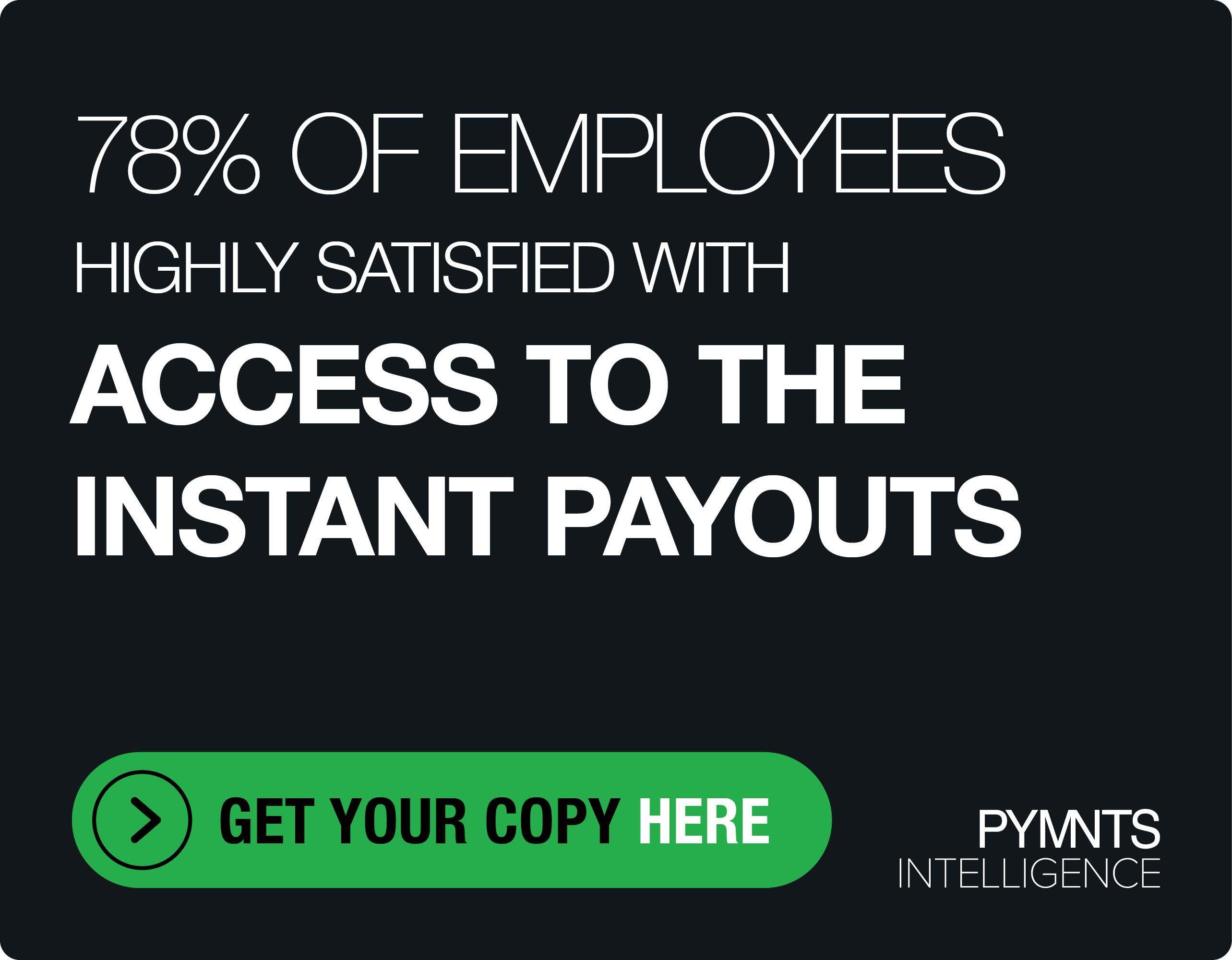Is Remote Retail’s Secret Weapon?
More businesses are turning to remote retail to add to the top line. Amelia Powell, director of marketing at USA Technologies, tells PYMNTS’ Karen Webster how to leverage loyalty to move coins (and contactless payments) at the kiosk.
Video screens. Beacons. Cashless payments. Mobile promos. Unattended retail has been on a technological march toward progress — so much so that it is no longer an afterthought for companies but a solid revenue driver if done correctly.
It’s the “done correctly” that needs some musing upon — specifically the promotional and loyalty activities that can lead to repeat visits at the kiosk. In an interview with PYMNTS’ Karen Webster, Amelia Powell, director of marketing at USA Technologies, delved into the intricacies of luring foot traffic to the machines and then getting consumers to make the decision to step up and buy.
“The essence of unattended retail is certainly convenience, but loyalty adds a layer” to the experience that was impossible before technology became a part of the space, Powell said. Now, there is “a depth to interaction” at the machines themselves. And so, posited Webster, loyalty happens on two levels. First, there is the convenience at the very spot of purchase, the unattended kiosk — say, at a coffee machine or canteen that draws people due to immediate accessibility. Then, at the product level, brands and presentation can be strong enough to create what Powell termed “a pull effect … If you think about the way traffic patterns work … if the consumer doesn’t think about [what’s on offer], then you’re kind of out of luck,” she said.
The consumer must physically go to the machine and peruse what’s on offer — or perhaps be drawn to the machine with alerts (and here is where technology comes into play).
Speaking broadly about technology, Powell said: “We can do a lot of different things to enable a greater awareness of new products that are in the machine … or even make [customers] aware that you can use points of payment that were not available to them in the past. Especially with unattended retail, as people really are creatures of habit. If they are not used to using something as simple as a vending machine, they might just walk right past it and get in the car and drive to the convenience store.”
Conversely, hypothetically speaking, through unattended retail, vendors can reach out to a would-be consumer, notifying them of specials and saying, for example: “Today, for one day only, you can sample Mountain Dew for free.”
Loyalty can, with technology, mimic the retail experience that is found in a brick-and-mortar store, said Powell. In that environment, she said, “their greatest asset is the cashier,” who can, at the point of sale, point out promotions or specials or steer consumers to samples. Now, she said, unattended retail combined with technology lets firms understand traffic patterns, what products people like and which ones they are bypassing — and promotions can be formed from that data.
From the consumer perspective, she said, there are different ways for companies to leverage the experience. There is a mobile app that can interact and alert consumers to promotions. If they’re not using the app, consumers can go online and register a rewards or credit card and get a More account, signing up for emails or text messages for alerts about promotions.
The mobile experience is gaining traction, discussed the pair, as Powell noted that, in one recent study, notifying consumers about Apple Pay availability led to a 36 percent increase in overall sales.
“Advertising at the point of sale” can work to get consumers to consider numerous payment methods, including contactless, said Powell. “You can use it to drive traffic to s specific payment method or a specific product or activity that is happening at that location.”
Technology and advertising have also worked to offer merchants a way to expand the inventory that is actually offered at the point of sale — beyond snack crackers and soda, staples of (less technological and also less health-conscious) years past, especially with additional avenues of promotion that can in effect be changed “over the air” by operators.
What’s ahead?
“When you talk about mobile wallet payments and driving loyalty platforms in general, I think that … as you go forward in time, millennial consumers want more value in each interaction,” said Powell. “They want to go into a platform and get information before they make a purchase. They will typically know what they want to purchase prior to having that transaction [across different channels].”
“So, to have that high-tech experience at unattended retail is going to drive things forward,” she continued. Mobile is enhanced with geolocation and beacon technology, she added.
“The trick is making sure that consumers can pay any way they want … Loyalty programs at unattended retail are just one way of making sure that consumers are getting what they expect and what they want,” she said.
